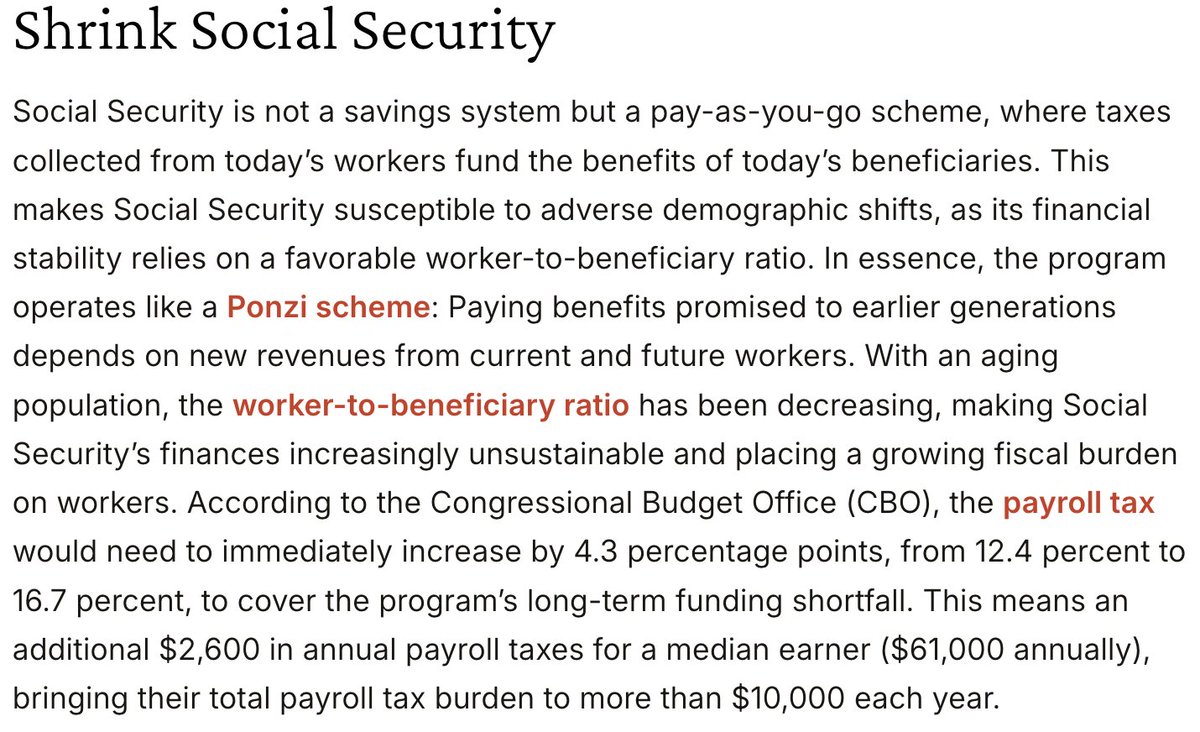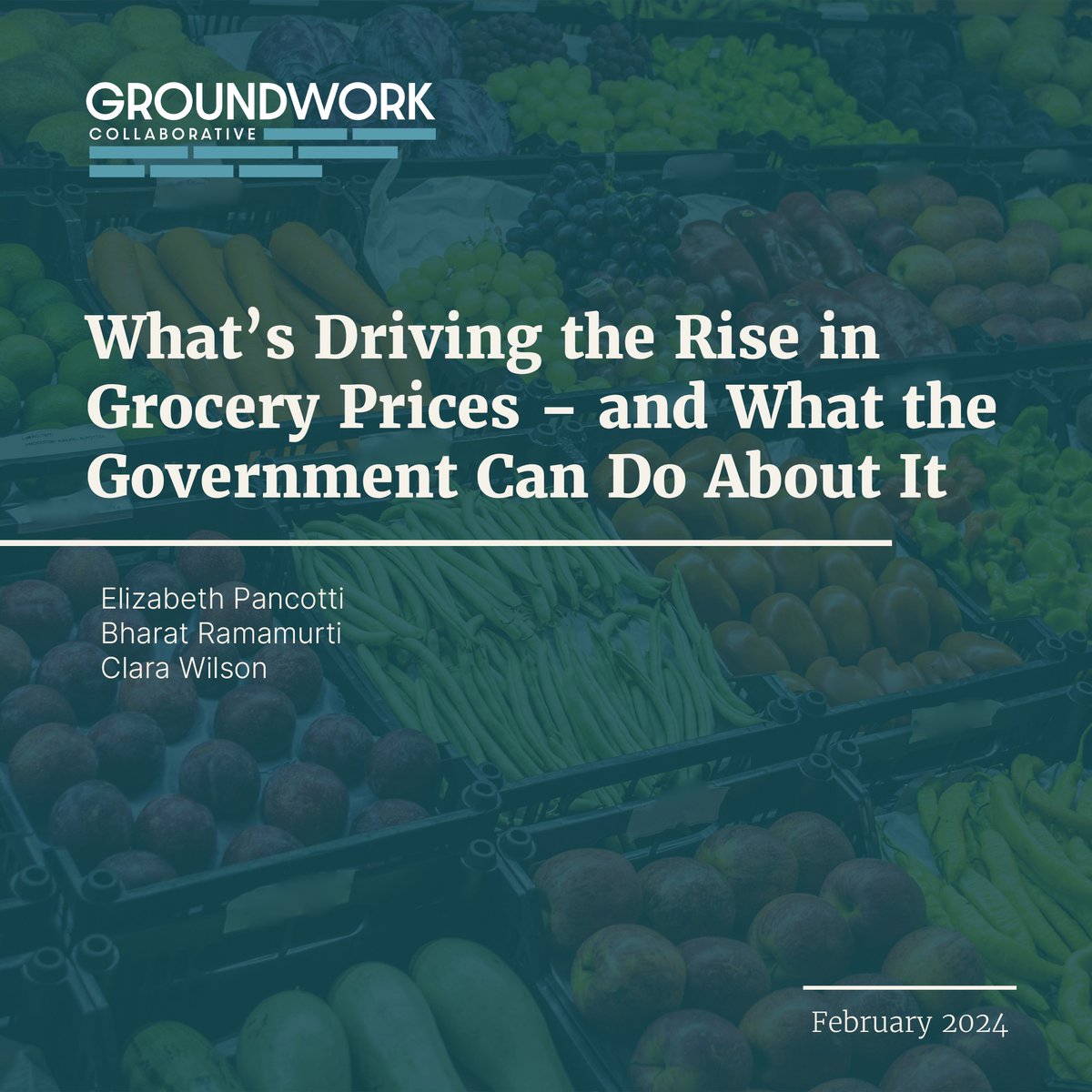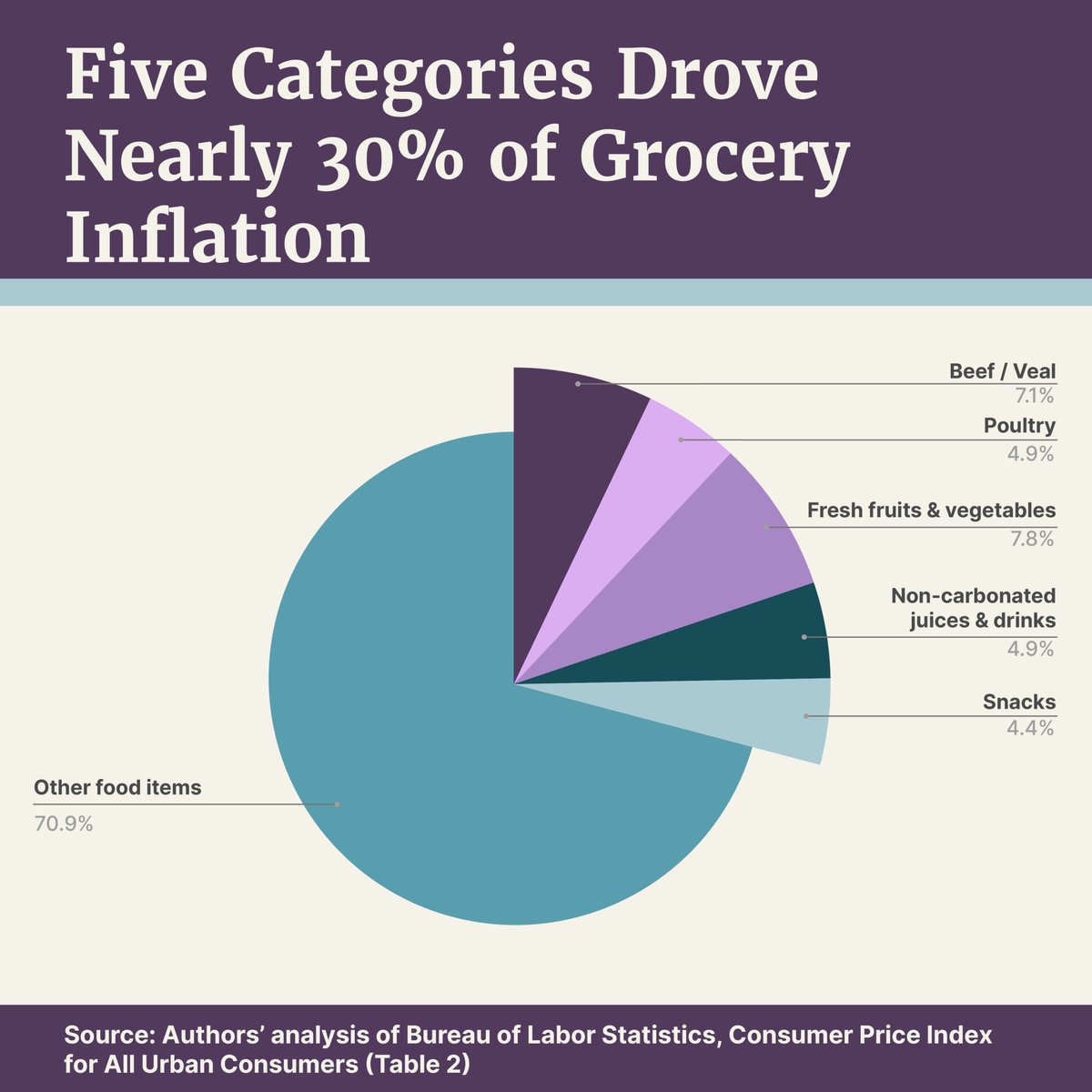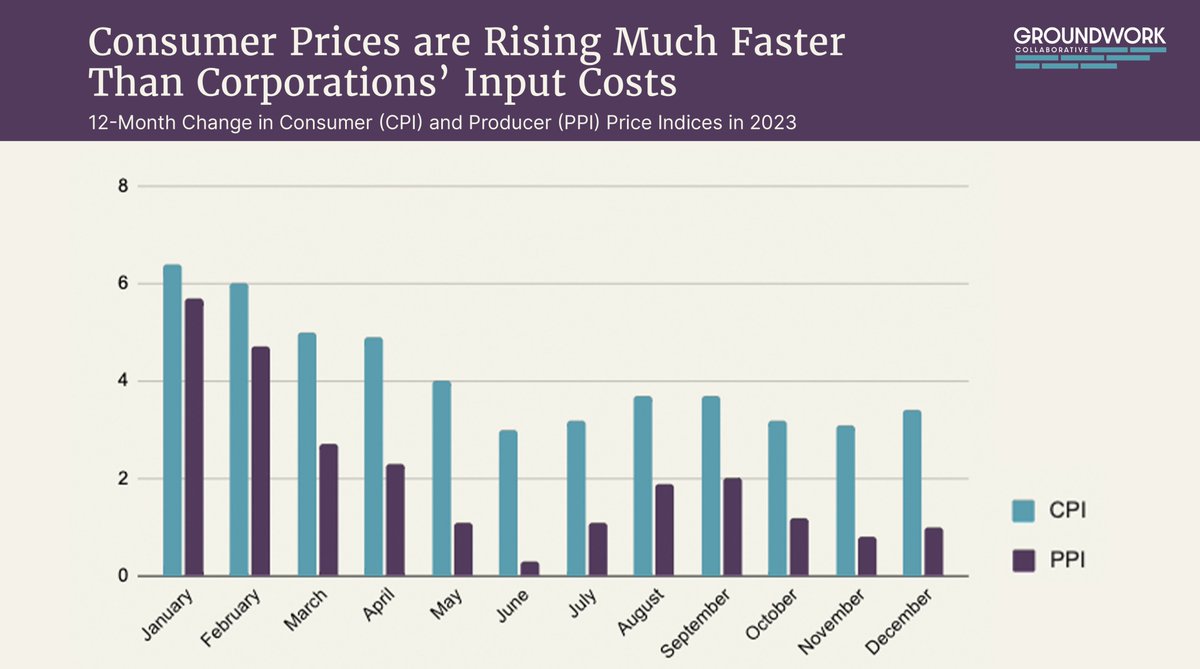
Building an economy that works for all of us. #WeAreTheEconomy
Find us on Bluesky @ groundwork and Threads @ thegroundworkcollaborative.
How to get URL link on X (Twitter) App




 They find that five categories drove nearly 30% of grocery inflation: beef and veal; poultry; non-frozen non-carbonated juices and drinks; fresh fruits and vegetables; and snacks. (2/6)
They find that five categories drove nearly 30% of grocery inflation: beef and veal; poultry; non-frozen non-carbonated juices and drinks; fresh fruits and vegetables; and snacks. (2/6) 

https://twitter.com/IsabellaMWeber/status/1598897305880760321Systemically significant industries like oil or farming produce inputs that other industries use in production. So, price increases in these sectors translate to *cost* increases for other sectors creating inflation ripple effects throughout the economy. 2/
